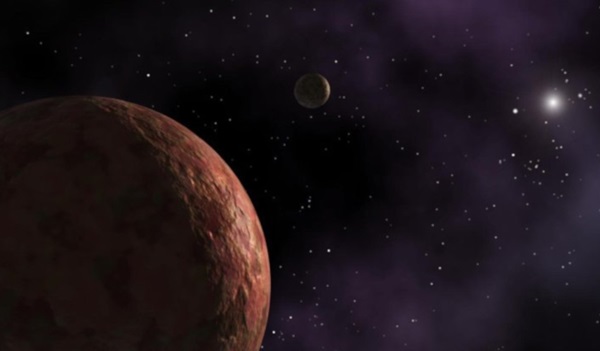Astronomers have discovered 139 new minor planets orbiting the Sun beyond Neptune by searching through data from the Dark Energy Survey. The new method for spotting small worlds is expected to reveal many thousands of distant objects in coming years — meaning these first hundred or so are likely just the tip of the iceberg.
Taken together, the newfound distant objects, as well as those to come, could resolve one of the most fascinating questions of modern astronomy: Is there a massive and mysterious world called Planet Nine lurking in the outskirts of our solar system?
Mysteries beyond Neptune
Neptune orbits the Sun at a distance of about 30 astronomical units (AU; where 1 AU is the Earth-Sun distance). Beyond Neptune lies the Kuiper Belt — a comet-rich band of frozen, rocky objects (including Pluto) that holds dozens to hundreds of times more mass than the asteroid belt. Both within the Kuiper Belt and past its outer edge at 50 AU orbit distant bodies called trans-Neptunian objects (TNOs). Currently, we know of nearly 3,000 TNOs in the solar system, but estimates put the total number closer to 100,000.
As more and more TNOs have been discovered over the years, some astronomers — including Konstantin Batygin and Mike Brown of Caltech — have noticed a small subset of these objects have peculiar orbits. They seem to bunch up in unexpected ways, as if an unseen object is herding these so-called extreme TNOs (eTNOs) into specific orbits. Batygin and Brown — in addition to other groups, like that led by Scott Sheppard of the Carnegie Institution for Science — think these bizarrely orbiting eTNOs point to the existence of a massive, distant world called Planet Nine.





